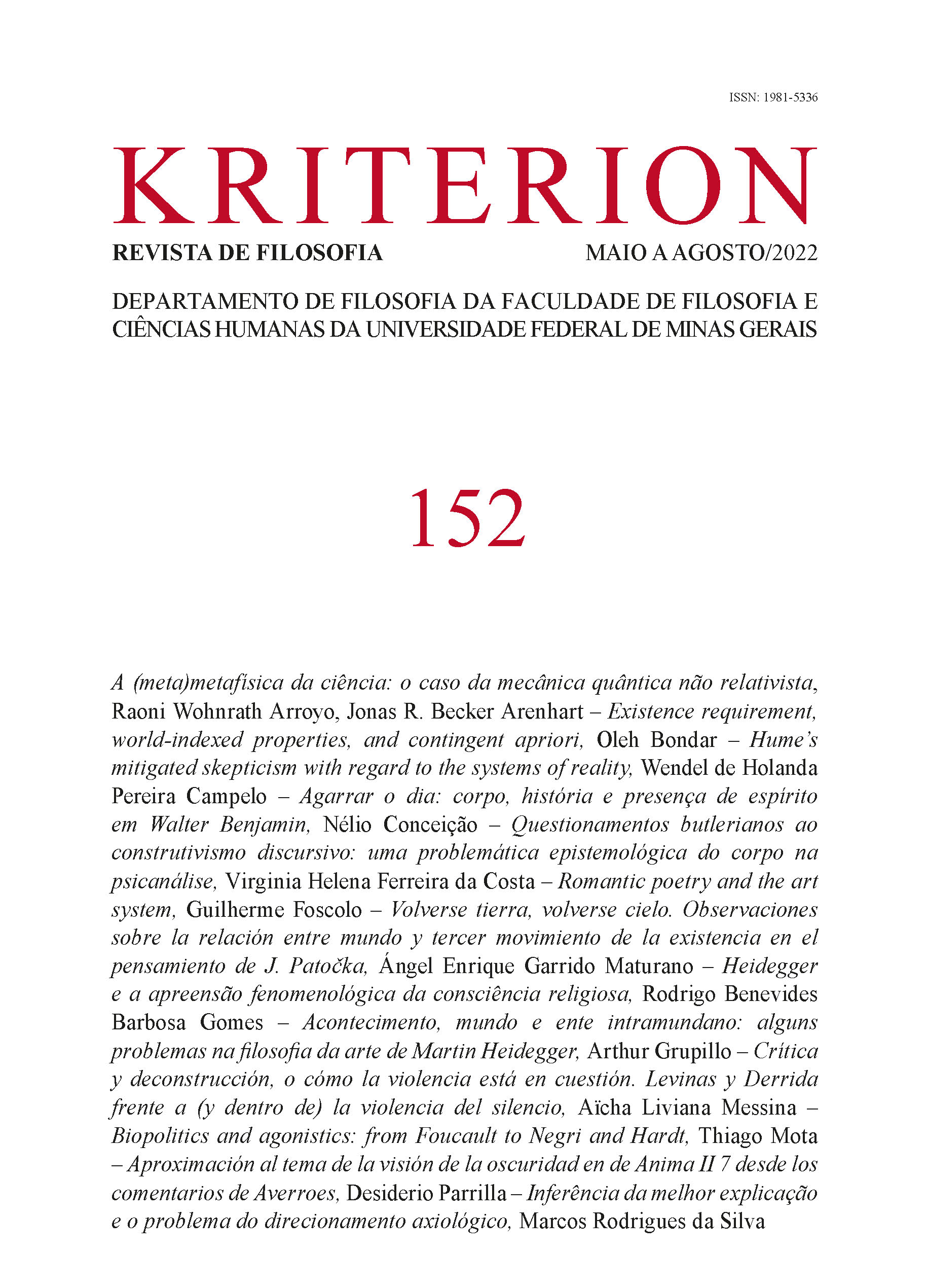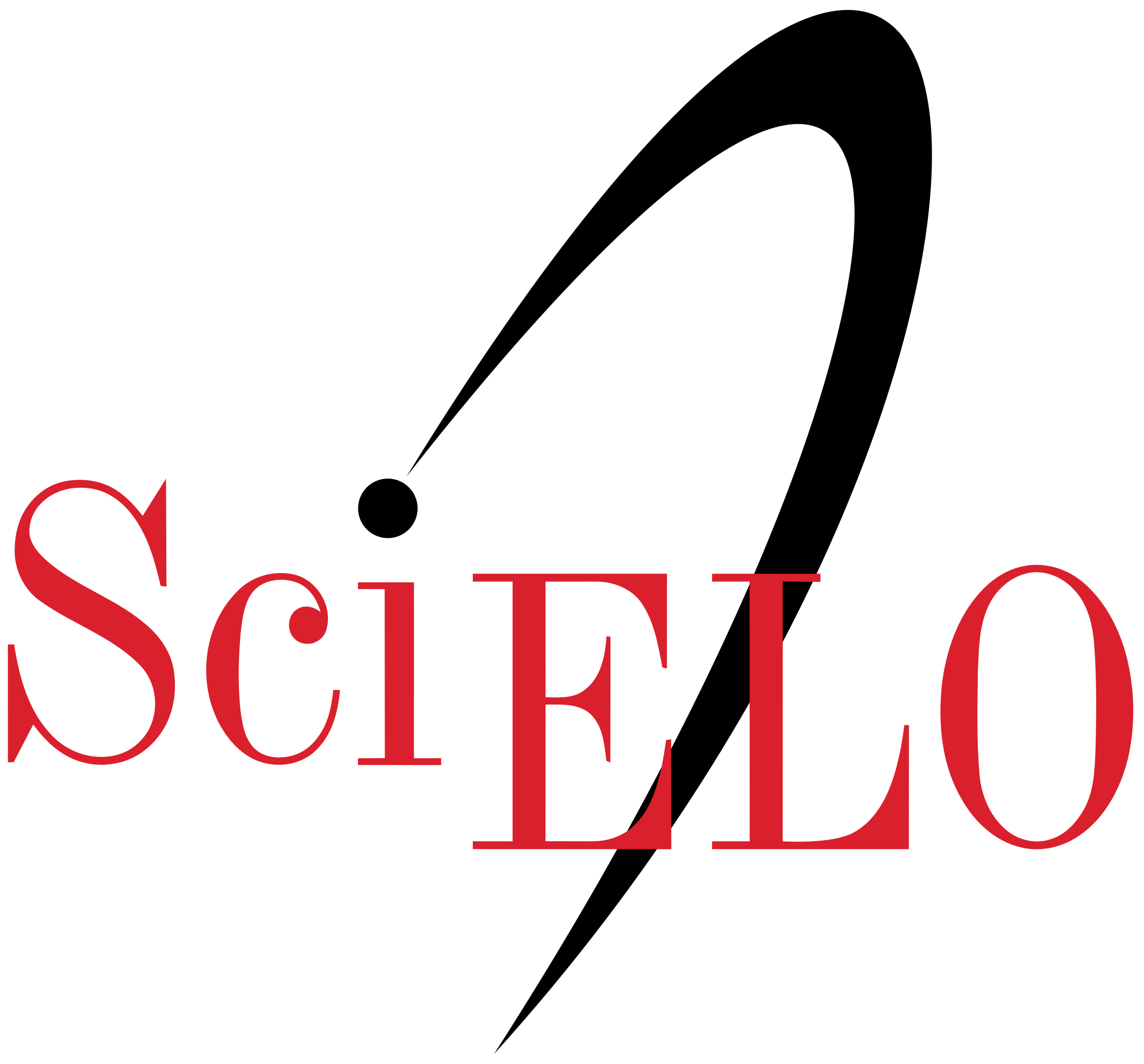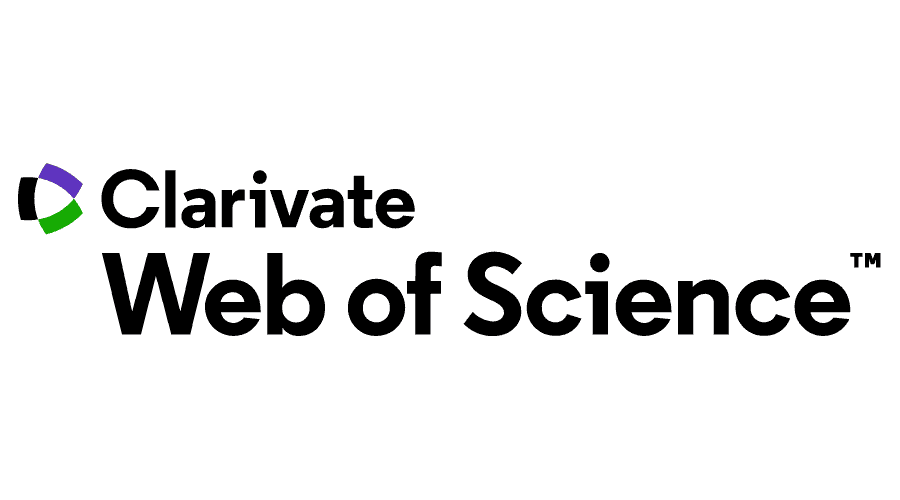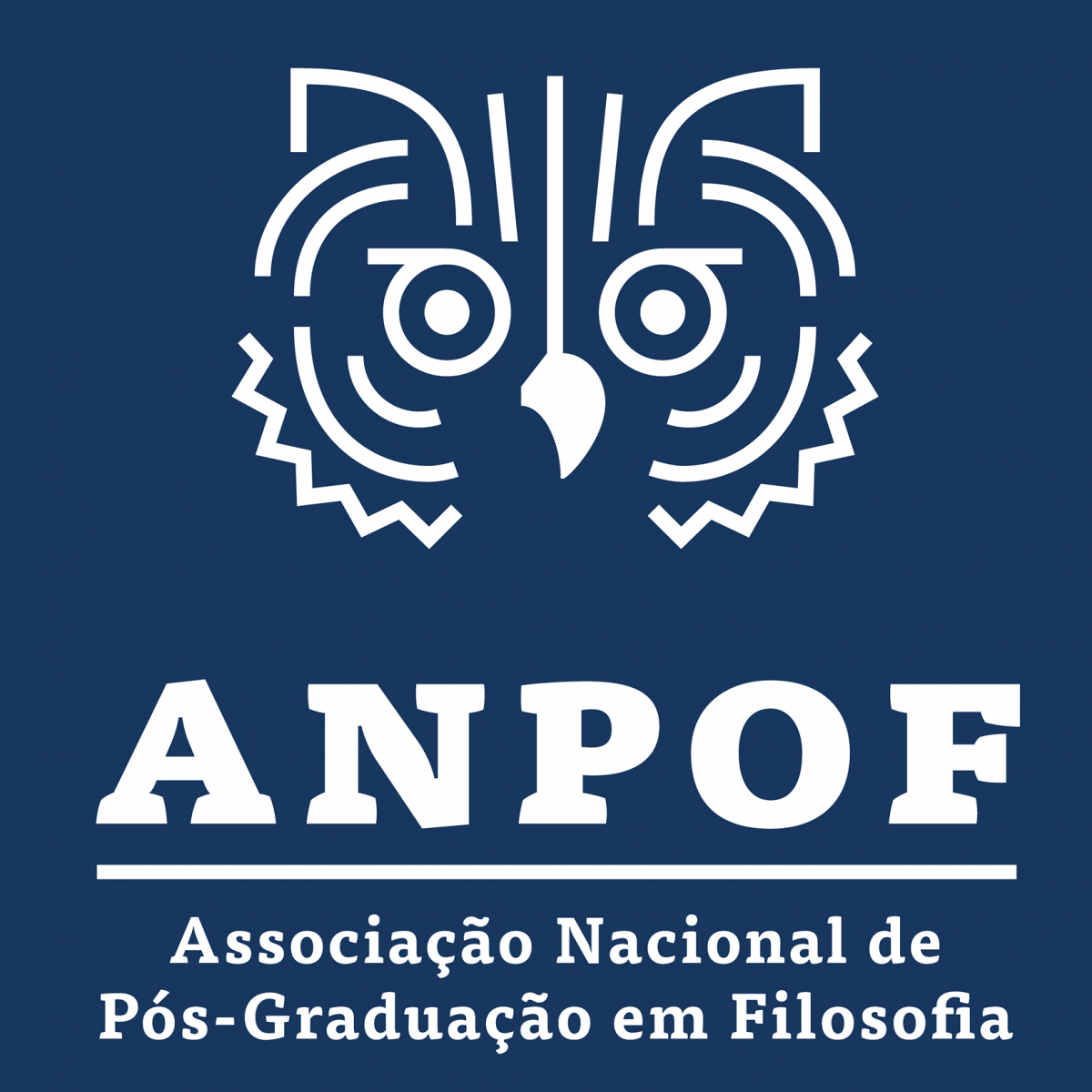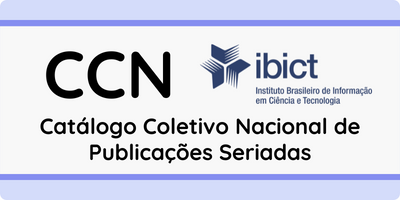INFERENCE TO THE BEST EXPLANATION AND THE ISSUE OF AXIOLOGICAL TARGETING
Keywords:
Axiology, Acceptance, Research programsAbstract
The argument of inference to the best explanation sets
up that, given a phenomenon to be explained, several rival hypotheses race
to provide an explanation and the hypothesis that explains the phenomenon
better than its rival gives good reasons for the belief in its truth and, therefore,
for the acceptance of such hypothesis. The argument supposes that these rival
hypotheses share the same phenomenon to be explained. In this paper it is argued
that, in a few scientific episodes, scientists with different hypotheses, even if
sharing the phenomenon to be explained, have different goals regarding the
handling of the phenomenon; but then an issue arises as to the structure of the
argument, since setting different aims to handle a phenomenon would result in
an axiological targeting by the scientists, one not enclosed in the structure of the
argument. In addition, axiological targeting can also show itself as something
crucial for the issue of accepting a hypothesis, a state of affair not foreseen in
the argument of inference to the best explanation again. The purpose of this
paper is, by means of “research programs” principle by Imre Lakatos, and by
means of a case study – the acceptance of the DNA double helix model – to
sustain the concept that the axiological difference may prove to be crucial for
the acceptance of one hypothesis rather than other rival hypotheses.
Downloads
References
BERRY, D. “Bruno to Brünn; or the Pasteurization of Mendelian gentics”. Studies in History and Philosophy of Biological and Biomedical Sciences, 48, p. 280-286, 2014.
BIRD, A. “Philosophy of Science”. Montreal: Mcgill-Queen’s University Press, 1998.
BIRD. A. “Inferência da Única Explicação”. Tradução de Marcos Rodrigues da Silva Cognitio, v. 15, n. 2, p. 375-384, 2014.
BLOOR, D. “Conhecimento e Imaginário Social”. Tradução de Marcelo Penna-Forte. São Paulo: Unesp, 2009.
BOWLER, P. “The Mendelian Revolution”. Baltimore: Johns Hopkins University Press, 1989.
BOYD, R. “Lex Orandi est Lex Credendi”. Images of Science (ed. Churchland, P. & Hooker, C.). Chicago: Chicago Press, 1985.
BOYD, R. “Realism, Approximate Truth, and Method”. Minnesota Studies in the Philosophy of Science, v. XIV (ed Savage, C. W.). Minneapolis: University of Minnesota Press, 1990.
CHAKRAVARTTY, A. “Scientific Realism”. Stanford Encyclopedia of Philosophy, 2017.
CREAGER, A, MORGAN, G. “After the Double Helix”. Isis, 99: 239-272, 2008.
CRICK, F. “What mad pursuit. a personal view of scientific discovery”. New York: Basic Books, 1988.
FUMERTON, R. “Induction and Reasoning to the Best Explanation”. Philosophy of Science, 47, 1980.
GEISON, G. “The Private Science of Louis Pasteur”. Princeton: Princeton University Press, 1995.
GIERE, R. “Science without laws”. Chicago: The University of Chicago Press, 1999.
HARMAN, G. “Inferência da Melhor Explicação.” Tradução de Marcos Rodrigues da Silva e Miriele Sicote de Lima. Dissertatio, 47, p. 325-332, 2018.
JUDSON, H. “The eight day of creation”. London: Jonathan Cape, 1979.
KAY, L. “The Molecular Vision of Life”. Oxford: Oxford University Press, 1993.
KNORR-CETINA, K. “The Manufacture of Knowledge”. Oxford: Pergamon Press, 1981.
KUKLA, A. “Studies in Scientific Realism”. Oxford: Oxford University Press, 1998.
LADYMAN, J. “Understanding Philosophy of Science”. Londres: Routledge, 2002.
LAKATOS, I. “Falsification and the Methodology of Scientific Research Programmes”. p. 8-101. Ed. John Worral, Gregory CURRIE. The Methodology of Scientific Research Programmes (Philosophical Papers, v. 1). Cambridge: Cambridge University Press, 1978.
LAUDAN, L. “O Progresso e seus Problemas”. Tradução de Roberto Leal Ferreira. Sçao Paulo: Unesp, 2010.
LENOIR, T. “Instituindo a Ciência”. Tradução de Tradução de Alessandro Zir. São Leopoldo: Unisinos, 2003.
LEPLIN, J. “A novel defense of scientific realism”. Oxford: Oxford University Press, 1997.
LEWENS, T. “Realism and the Strong Program”. British Journal for the Philosophy of Science, 56, 2005.
LIPTON, P. “Inference to the best explanation”. 2. ed. London: Routledge, 2004.
LIPTON, P. “O melhor é bom o suficiente?” Tradução de Marcos Rodrigues da Silva e Alexandre Meyer Luz. Princípios, 17, 27, p. 313-329, 2010.
MADDOX, B. “Rosalind Franklin: The Dark Lady of DNA”. New York: Harper Colins, 2002.
MCELHENY, V. “Watson and DNA”. Cambridge: Perseus Publishing, 2003.
MORANGE, M. “A History of Molecular biology”. Tradução de Matthew Cobb. Cambridge: Harvard University Press, 1998.
OLBY, R. “The path to the double helix. London: MacMillan, 1974.
PICKERING, A. “Openness and Closure: On the Goals of Scientific Pratice”. Ed. H. Le Grand. Dordrecht: Kluwer, 1990.
POLCOVAR, J. “Rosalind Franklin and the Structure of Life”. Greensboro: Morgan Reynolds, 2006.
PSILLOS, S. “Scientific Realism: How Science Tracks Truth”. Londres: Routledge, 1999.
PSILLOS, S. “Sobre a crítica de van Fraassen ao raciocínio abdutivo”. Tradução de Marcos Rodrigues da Silva e Alexandre Meyer Luz. Crítica, v.6, n. 21, p. 35-62, 2000.
PSILLOS, S. “The Fine Structure of Inference to the Best Explanation”. Philosophy and Phenomenological Research”, LXXIV, n. 2, 2007.
RHEINBERGER, H. “A Short History of Molecular Biology”. Disponível em https://www.eolss.net/Sample-Chapters/C05/E6-89-06-00.pdf, 2011.
RIDLEY, M. “Francis crick: discoverer of the genetic code”. New York: Harper Colins, 2006.
SAYRE, A. “Rosalind Franklin and DNA”. New York: W.W. Norton & Company, 1975.
STANFORD, K. “Exceeding our Grasp”. Oxford: Oxford University Press, 2006.
STANFORD, K. “Unconceived Alternatives and Conservatism in Science: the impact of professionalization, peer-review, and Big-Science”. Synthese, v. 196, n. 10, p. 3915–3932, 2015.
THAGARD, P. “A Melhor Explicação: Critérios para a Escolha de Teorias”. Tradução de Marcos Rodrigues da Silva. Cognitio 18, v. 1, p. 145-160, 2017.
VAN FRAASSEN, B. “Laws and Symmetry”. Oxford: Oxford University Press, 1989.
VAN FRAASSEN, B. “The Scientific Image”. Oxford: Clarendon Press, 1980.
WATSON, J. “O Segredo da Vida”. Tradução de Carlos Afonso Malferrari. São Paulo: Companhia das Letras, 2003.
WATSON, J. “The Double Helix”. London: Weidenfeld & Nicolson, 1997.
WATSON, J., CRICK, F. “A Structure for Deoxyribose Nucleic Acid”. Nature 171, v. 4361, p. 737-738, 1953a.
WATSON, J., CRICK, F. “Genetical Implications of the Structure of Deoxyribose Acid”. Nature 171, v. 4356, p. 964-967, 1953b.
WILKINS, M. “The Third Man of the Double Helix”. Oxford: Oxford University Press, 2003.
Downloads
Published
How to Cite
Issue
Section
License
Copyright (c) 2022 Revista Kriterion

This work is licensed under a Creative Commons Attribution 4.0 International License.

